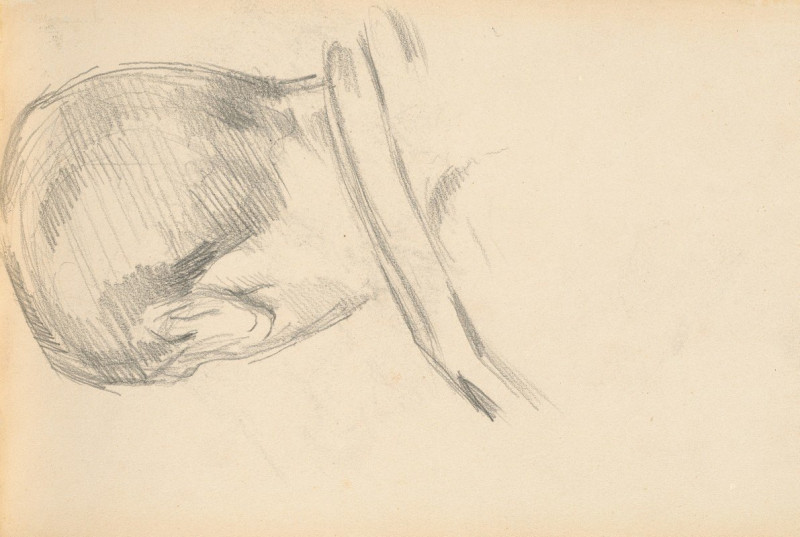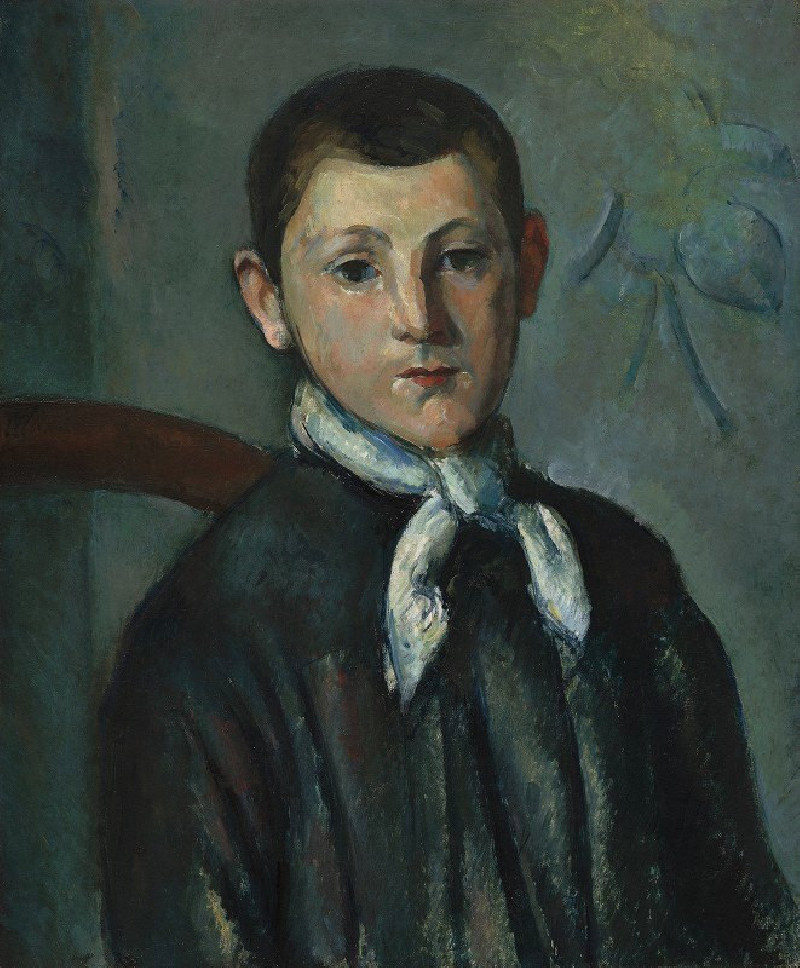Head of a Boy Seen from Behind (c. 1885)
Technique: Giclée quality print
Recommended by our customers
More about this artwork
Paul Cézanne’s “Head of a Boy Seen from Behind” offers a profound glimpse into the artist's exploratory drawing technique that captures emotion through simplification and abstraction. This delicate sketch, executed around 1885, features the back of a boy’s head, softly rendered in pencil. The minimalist lines and gentle shading not only evoke the curvature and texture of the boy’s hair, but also suggest a quiet, introspective moment caught in time.Cézanne’s mastery in portraying human figures with such economy of detail while retaining expressive impact is evident here. The drawing’s loose, confident strokes convey a sense of immediacy and intimacy, inviting viewers to ponder about the subject’s thoughts and gaze directed outward beyond the frame.This sketch, although simple, is steeped in the characteristic style that later heralded Cézanne as a pivotal influence in the transition from 19th-century Impressionism to the nascent forms of Cubism. As with many of his works, this piece offers a meditation not just on the form and nature of the subject, but on the very act of perception itself.















































